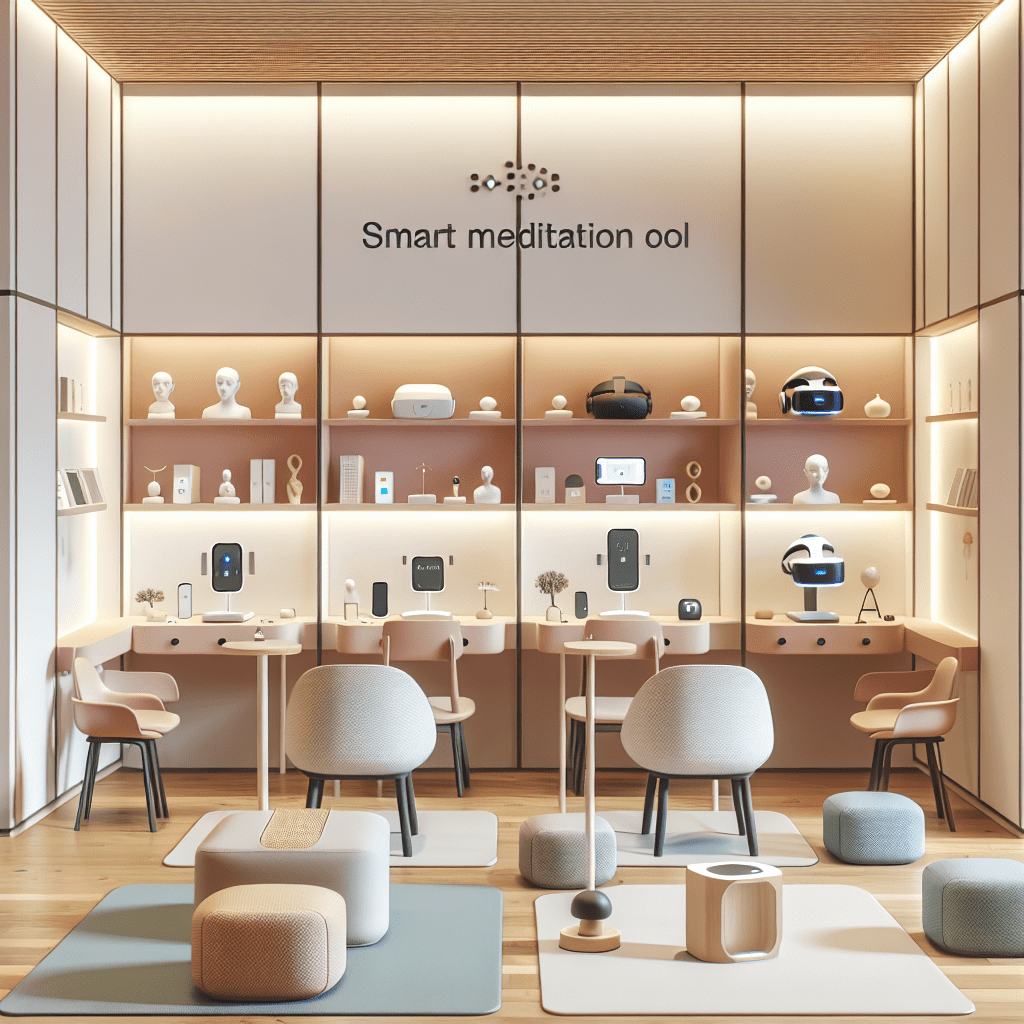
Prioritize your mental well-being daily. Enhance your life by nurturing your mental health with the Smart Meditation app. Break free from stress, alleviate anxiety, and enhance your sleep quality starting today.
Is Trichotillomania An Anxiety Disorder?
Unraveling the Tangled Truth: Is Trichotillomania an Anxiety Disorder?
Ah, Trichotillomania, a tongue-twister of a term that’s as complex as the condition it refers to. Often flying under the radar, this perplexing behavioral phenomenon has had many scratching their heads (no pun intended) wondering: Is it an anxiety disorder, or is it in a league of its own? Let’s dive into the nitty-gritty of it, shall we?
The Heart of the Matter: Understanding Trichotillomania
Trichotillomania, colloquially known as “hair-pulling disorder,” is where individuals find themselves irresistibly compelled to pull out their hair, whether it be from their scalp, eyebrows, or elsewhere. Sounds pretty straightforward, right? Well, not quite. The waters get a tad murky when trying to slot it neatly into a category of mental health disorders.
First off, the bigwigs in the mental health field – the American Psychiatric Association, to be precise – classify Trichotillomania under the umbrella of “Obsessive-Compulsive and Related Disorders” in the DSM-5 (that’s the Diagnostic and Statistical Manual of Mental Disorders, fifth edition, for those not in the know). This category is where you’d find obsessive-compulsive disorder (OCD), body dysmorphic disorder, and the like. So, at first glance, it might seem Trichotillomania is buddy-buddy with anxiety disorders. But hold your horses; it’s not as clear-cut as that.
But Wait, There’s More: The Anxiety Connection
Now, here’s where things get a bit twisty. Anxiety and Trichotillomania do have a bit of a “will they, won’t they” relationship. Many folks grappling with this hair-pulling compulsion also find themselves entangled in the thorny vines of anxiety. It’s as though they’re in a complicated dance, stepping on each other’s toes yet unable to stop dancing together.
- The Stress Factor: Stressful situations can indeed exasperate Trichotillomania. Hello, anxiety!
- The Anxiety Loop: The act of hair-pulling can lead to guilt, shame, and, you guessed it, anxiety, creating a rather unwelcome feedback loop.
- The Calm After the Storm: Paradoxically, some find that pulling hair provides a temporary oasis of calm, a brief respite from their anxiety-riddled desert.
So, is it an anxiety disorder? Well, the straight answer is “No,” but it’s a bit like saying tomatoes are not vegetables; technically true, but in everyday use, the lines are blurry.
So, What’s the Bottom Line?
Calling Trichotillomania an anxiety disorder might be a bit of a misnomer in the eyes of the DSM-5, but the links between them are as strong as steel. It saunters along the border, nodding acquaintances with both anxiety and obsessive-compulsive related disorders.
Wrapping It Up (With No Hair Out of Place)
If you or someone you know is wrestling with Trichotillomania, fret not. Awareness and understanding are climbing the ladder, and help is more accessible than ever. With a blend of cognitive-behavioral therapy, medications, or even support groups, tackling this condition head-on is within arm’s reach.
At the end of the day, whether it’s filed under anxiety disorders or not, the real takeaway is the importance of recognizing it, extending a helping hand, and destigmatizing mental health discussions. After all, a problem shared is a problem halved, and no one should have to pull their hair out in isolation.





